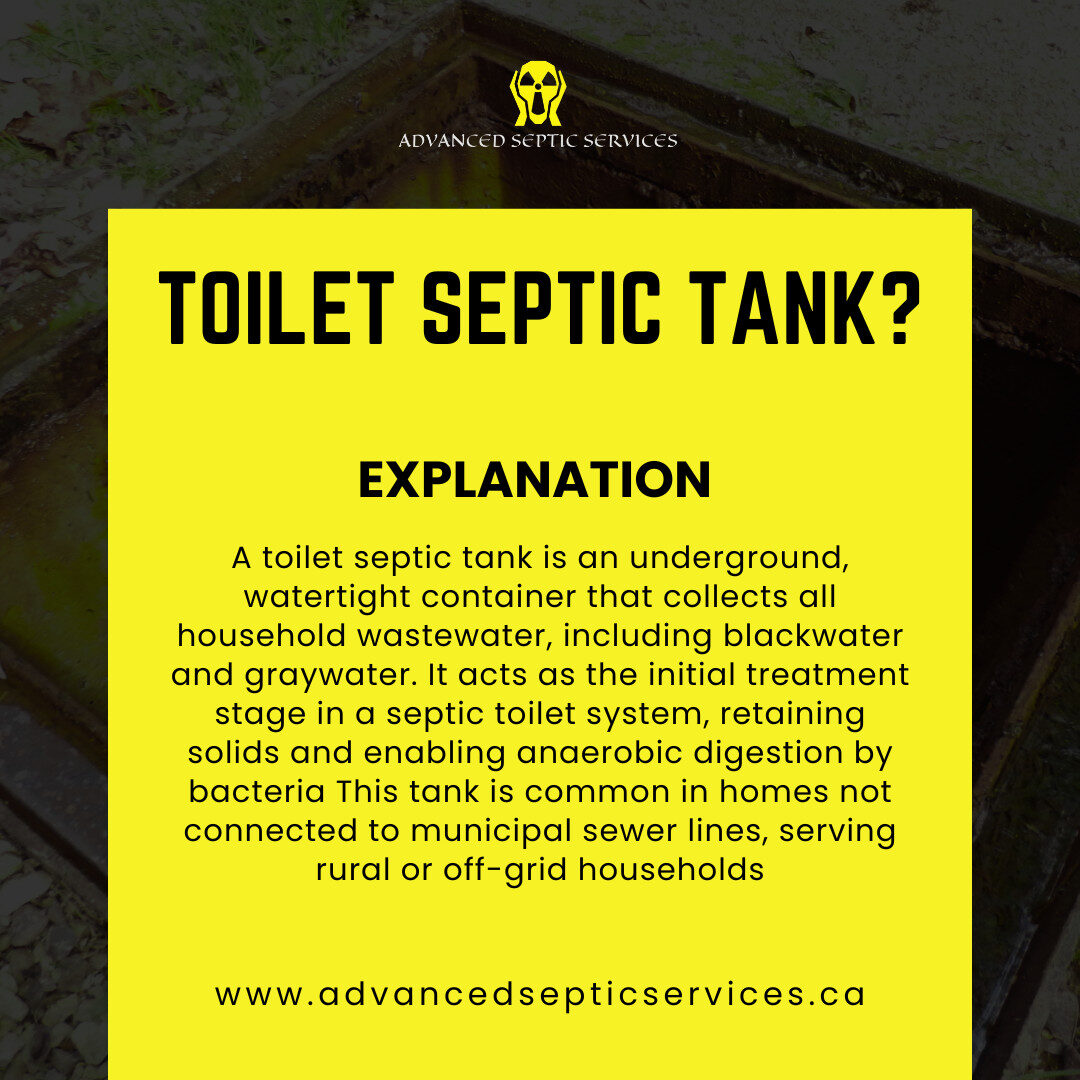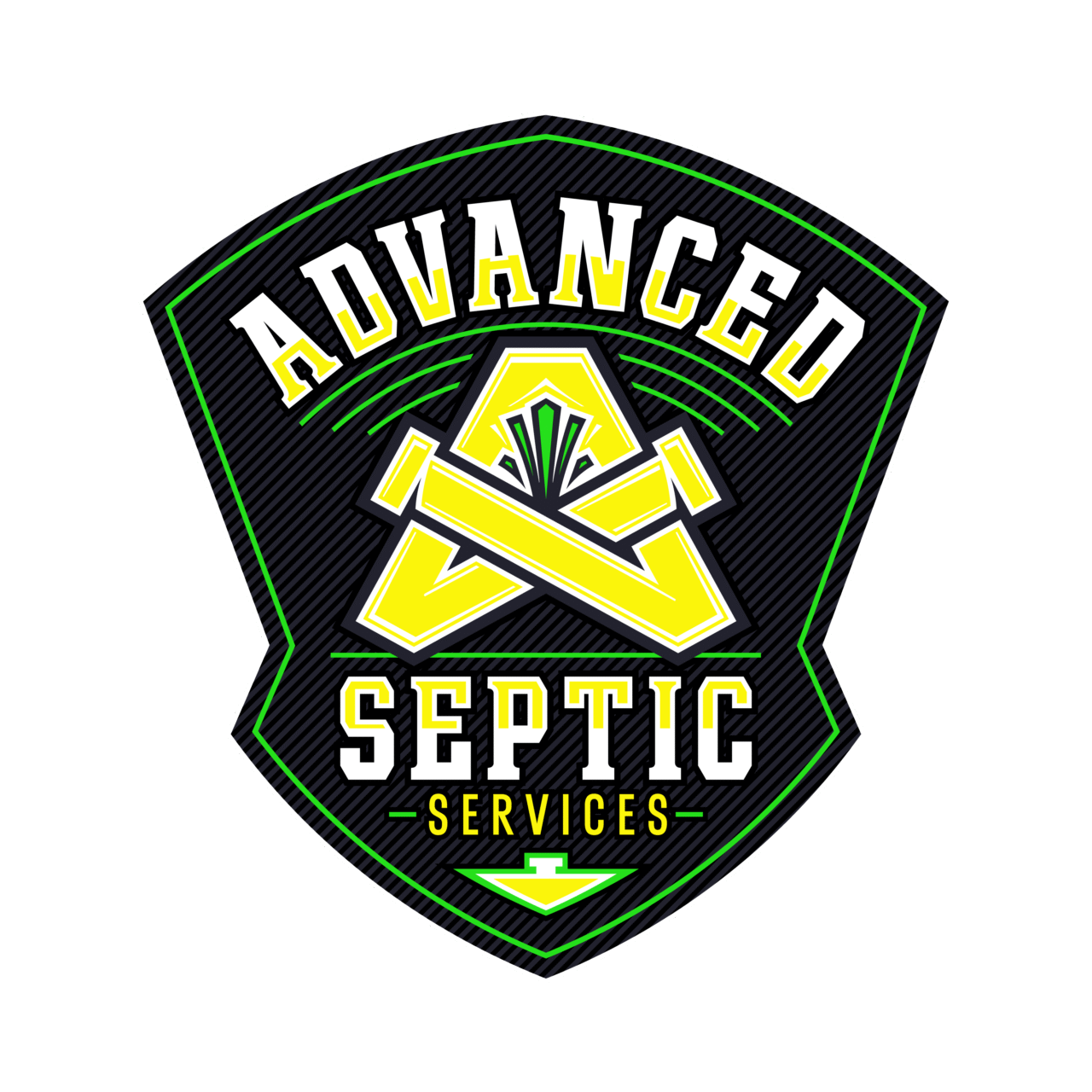Curious how a toilet septic tank handles wastewater from your home? This guide breaks down the workings of a septic toilet system. We’ll walk through each treatment stage from solids separation to drain-field discharge. By the end, you’ll clearly understand how a toilet septic tank safeguards both your household and the environment.
Read More: 2 Compartment Septic Tank: How They Work and Why They’re Used
What Is a Toilet Septic Tank?
A toilet septic tank is an underground, watertight container that collects all household wastewater, including blackwater and graywater. It acts as the initial treatment stage in a septic toilet system, retaining solids and enabling anaerobic digestion by bacteria. This tank is common in homes not connected to municipal sewer lines, serving rural or off-grid households
Read More: Steel Septic Tank: Are Metal Tanks Still a Good Option?
How Does a Toilet Septic Tank Work?
Wastewater Enters the Tank
- Waste from your toilet, sink, and laundry flows into the toilet septic tank through a single inlet pipe.
- Gravity guides wastewater into the tank, eliminating the need for a pump, thereby simplifying operation.
- Once inside, the tank begins to separate and treat raw sewage using natural processes.
Solids Settle and Bacteria Break Down Waste
- Heavy solids sink to the bottom, forming a sludge layer in the septic toilet setup.
- Oils and grease float to the top, creating a distinct scum layer.
- Anaerobic bacteria in the tank digest organic waste between these layers, reducing volume.
Effluent Discharges into the Drain Field
- Liquid effluent exits the toilet septic tank through an outlet designed to block solids.
- It then travels into a drain field using perforated pipes laid in gravel trenches for dispersal.
- Soil microbes and filtration purify effluent as it percolates through the ground.
Read More: Sand Filter Septic Systems: How They Work and When to Use One

Key Components of a Toilet Septic Tank System
- Inlet Pipe (Conveyance Line)
This pipe connects your home’s drains to the toilet septic tank, carrying both blackwater and greywater. It generally uses gravity for flow, but pumps may assist in certain terrains.
A properly functioning inlet pipe and inlet baffle slow flow and protect the septic toilet from agitation and premature clogging.
- Septic Tank
The tank is buried underground and holds the wastewater, including sludge, scum, and partially treated effluent.
It performs primary treatment by allowing solids to settle and anaerobic bacteria to digest organic materials.
- Outlet Pipe & Effluent Filter
An outlet pipe (often T-shaped) directs liquid effluent to the drain field and prevents solids from exiting the tank.
An effluent filter in the outlet baffle captures fine particles, protecting the field from clogging.
- Distribution Box
A distribution box (or D-box) ensures even effluent flow to all drain field trenches, preventing uneven soil saturation.
- Drain Field
This is the final stage of treatment, where effluent filters through soil.
Perforated pipes in gravel trenches allow slow dispersal. Soil microbes break down remaining contaminants.
Read More: Mound Septic System Design: What to Know Before You Build
Maintenance Tips for a Toilet Septic Tank
Keeping your toilet septic tank in top shape ensures longevity and proper function. Here are essential tips:
- Pump Out Every 3–5 Years
Most systems require pumping every 3 to 5 years, though frequency depends on household size, tank volume, and usage patterns. For instance, a 1,000-gallon tank used by a family of four may need servicing every 2.6 years or so.
- Avoid Flushing Non-Biodegradable Items
Never flush wipes, sanitary products, or greasy waste. These items disrupt bacteria, clog systems, and increase sludge buildup ;a silent enemy of your septic toilet system.
- Use Septic-Safe or Quick-Dissolving Toilet Paper
Opt for biodegradable, recycled, or single-ply toilet paper. These break down faster and support healthy sludge levels in your toilet septic tank. Avoid thick, multi-ply, or chemically treated brands.
- Schedule Inspections Every 1–2 Years
A professional should inspect your toilet septic tank at least every 1–2 years, especially systems with pumps or alarms. Early detection prevents leaks and costly emergency repairs.
Read More: Fiberglass Septic Tanks: Pros, Cons, and When to Choose One

Conclusion
A toilet septic tank (also known as a septic toilet system) is a reliable on-site wastewater solution when well maintained. Understanding its core components, how it works, and proper maintenance like regular pumping and inspections can extend its performance and protect both your property and local environment.Ignoring upkeep can clog your leach field, cause backups, or lead to early system failure. In fact, once sludge and scum exceed 25–35% of the tank volume, the risk of damage grows significantly.
Ready to protect your septic system? Contact Advanced Septic Services at 780-691-0588 or visit advancedsepticservices.ca to schedule an inspection, maintenance, or professional pumping service today.
QUICK FAQs
Q. What is a septic toilet system?
A septic toilet system is an on-site wastewater treatment setup. It uses a toilet septic tank to separate solids, scum, and effluent before releasing treated liquid into a drain field.
Q. How does a toilet work on a septic system?
When flushed, wastewater flows into the toilet septic tank. Solids settle as sludge, oils form scum, and effluent exits to the drain field for soil-based purification.
Q. What does septic toilet mean?
A septic toilet refers to a toilet connected to a septic tank system instead of a public sewer line. It manages waste independently for homes in rural or off-grid areas.
Q. What is a septic toilet used for?
A septic toilet is used in properties without municipal sewer access. It provides safe wastewater storage, treatment, and disposal through an underground toilet septic tank and drain field.
Q. What are the three types of septic systems?
- Conventional septic systems : Standard tank and drain field.
- Aerobic treatment units : Use oxygen to enhance breakdown.
- Sand filter or mound systems : Used where soil is unsuitable.
Q. How long can a septic tank last without being pumped?
Most toilet septic tanks should be pumped every 3–5 years. Without pumping, tanks risk overflow, drain field clogs, and costly failures in as little as 5–7 years.

